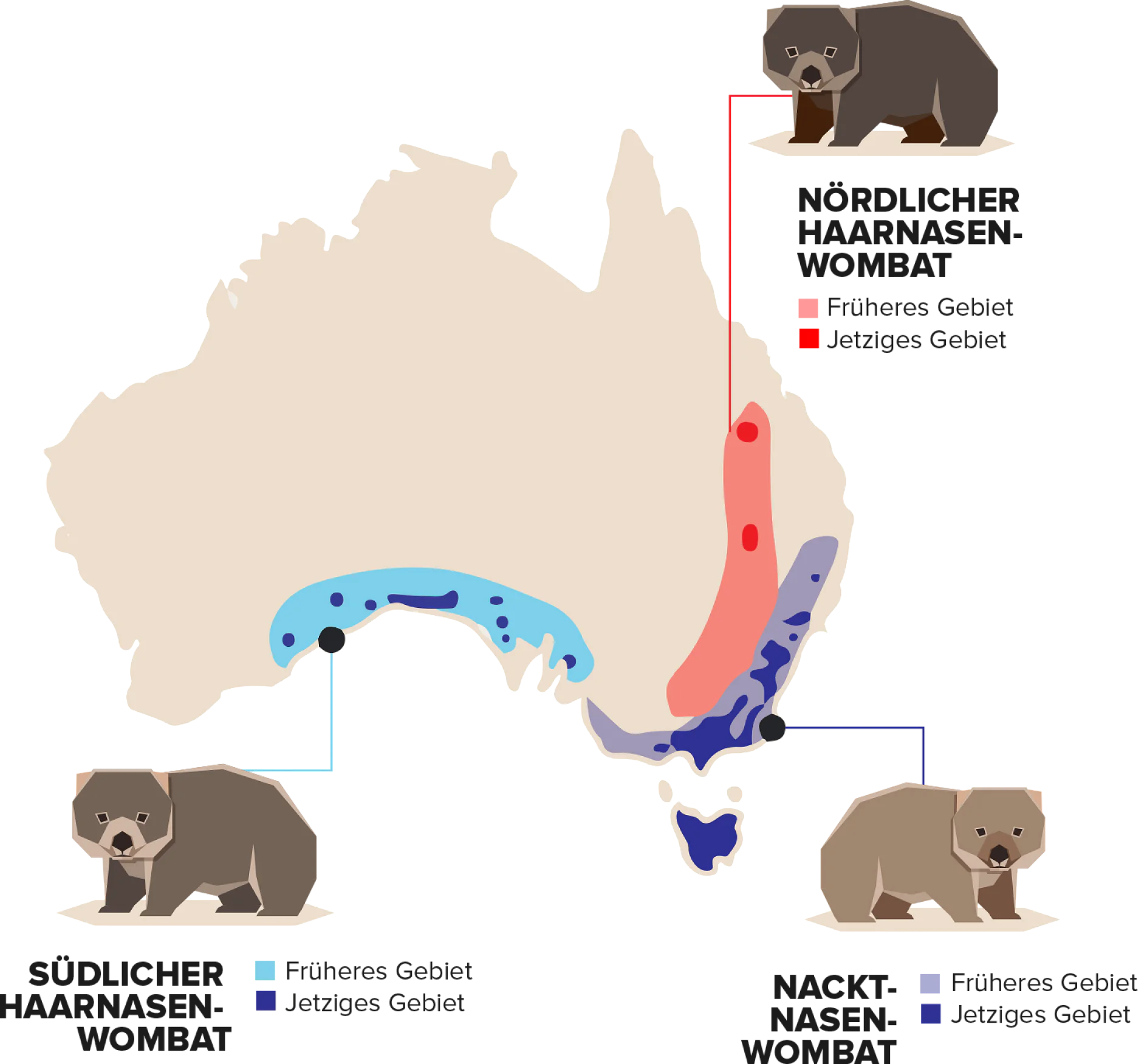Endangered species: Many people like shaved armpits and therefore resort to razors. Others treat the aesthetic evil right at the root – with waxing or sugaring. Australian bag mammals would probably find this hair-raising. They prefer to epilate their back hairs – not entirely voluntarily, but completely painless.
Sustainability
Sometimes, researchers fall back on unconventional methods to acquire new insights. In an Australian national park, biologists made a precious “catch” with hundreds of hairs.
The wombat – and particularly the Northern Hairy-Nosed Wombat – counts among the endangered species. The herbivores, who are related to koalas and kangaroos, dig up to 20 meters long and 3.5 meters deep cave systems. The nocturnal mammals spend about two-thirds of their life underground. Therefore, it is quite difficult for biologists to study them and to initiate targeted species conservation measures.
Precise DNA analyzes
"At the Epping Forest National Park, 120 kilometers northwest of Clermont, Queensland, six years ago, there were only 196 Northern Hairy-Nosed Wombats," says Dr. Alan Horsup, Senior Conservation Manager, Rockhampton Department of Environment and Heritage Protection. For research purposes, the excavation experts, who measure approx. 1.10 meter, were mucked around for almost 20 years – thanks to tesa. "In the past, we were able to prepare several hundred caves with tapes. When the wombats came to the surface, with their backs – and sometimes also with their noses – they rubbed against the double-sided PVC tape and left a few hairs," says Alan Horsup. The biologists later "harvested" DNA samples and used them for pinpoint analysis. "It’s great when our tapes work perfectly even in unusual applications," says Damian Stokes, Sales Manager tesa tape Australia.
11.
May is an unofficial holiday for the family of Vombatidae in Australia.
© shutterstock

© Wombat Foundation / Shutterstock
25 million years
ago, the first wombat-like animals appeared. Today, there are only three types. Their dentition is similar to that of rodents. The 24 rootless teeth re-grow constantly. The wombat females are back pregnant: A hatch bag opened to the rear prevents the offspring from being covered with soil when digging.